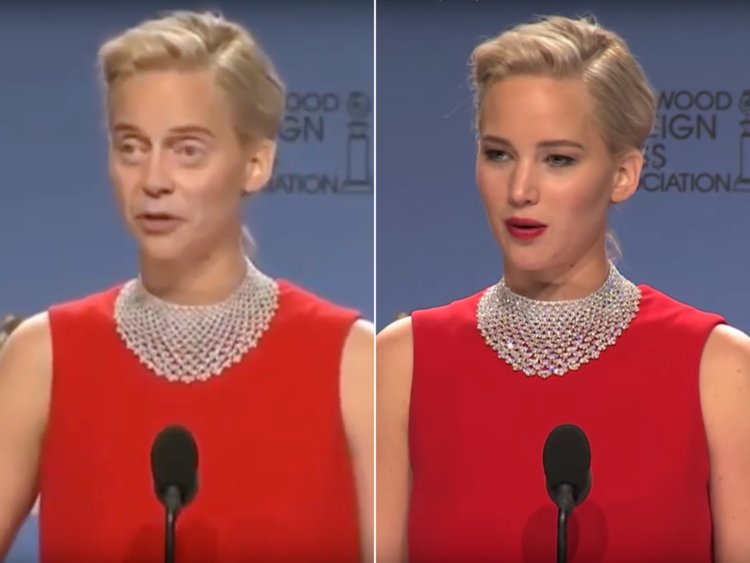 Seeing is believing … or is it?
Seeing is believing … or is it?
People use photoshop to alter a photo to change what has happened. Computer-generated imagery (CGI) is commonly used in movies to create amazing special effects. Even the camera filters on most smartphones can be used to distort human faces, making someone look like a very different person.
There are a growing number of digitally manipulated videos on the internet. With technology advancing at a rapid pace, people are forced to wonder whether what they see is real or modified.
Recently, Google released a collection of deepfakes in order to help develop detection methods for fake videos.
What Are Deepfakes?
Deepfakes are videos that use a mix of artificial intelligence and machine learning to alter people’s faces.
The technology behind deepfakes can be used for products like text-to-speech. However, there has been an increase in intentionally misleading videos where politicians, celebrities, and other famous people have been made to say and do things they never actually did. To understand how deepfakes work, read our earlier article here.
Over the past year, Google joined a challenge to help with fake video detection. The company recorded videos of various actors and then used common deepfake methods to create hundreds of modified videos. These videos have been recently released as a resource for researchers to develop deepfake detection programs.
By using the data from Google’s hundreds of altered videos, these programs can train themselves to notice certain patterns or techniques within the deepfaked clips in order to better recognize these manipulated videos in the future. With enough training, these programs could become reliable tools to help us regain trust in our sight, while still being able to enjoy the CGI effects in our favorite movies.
Sources: Google







